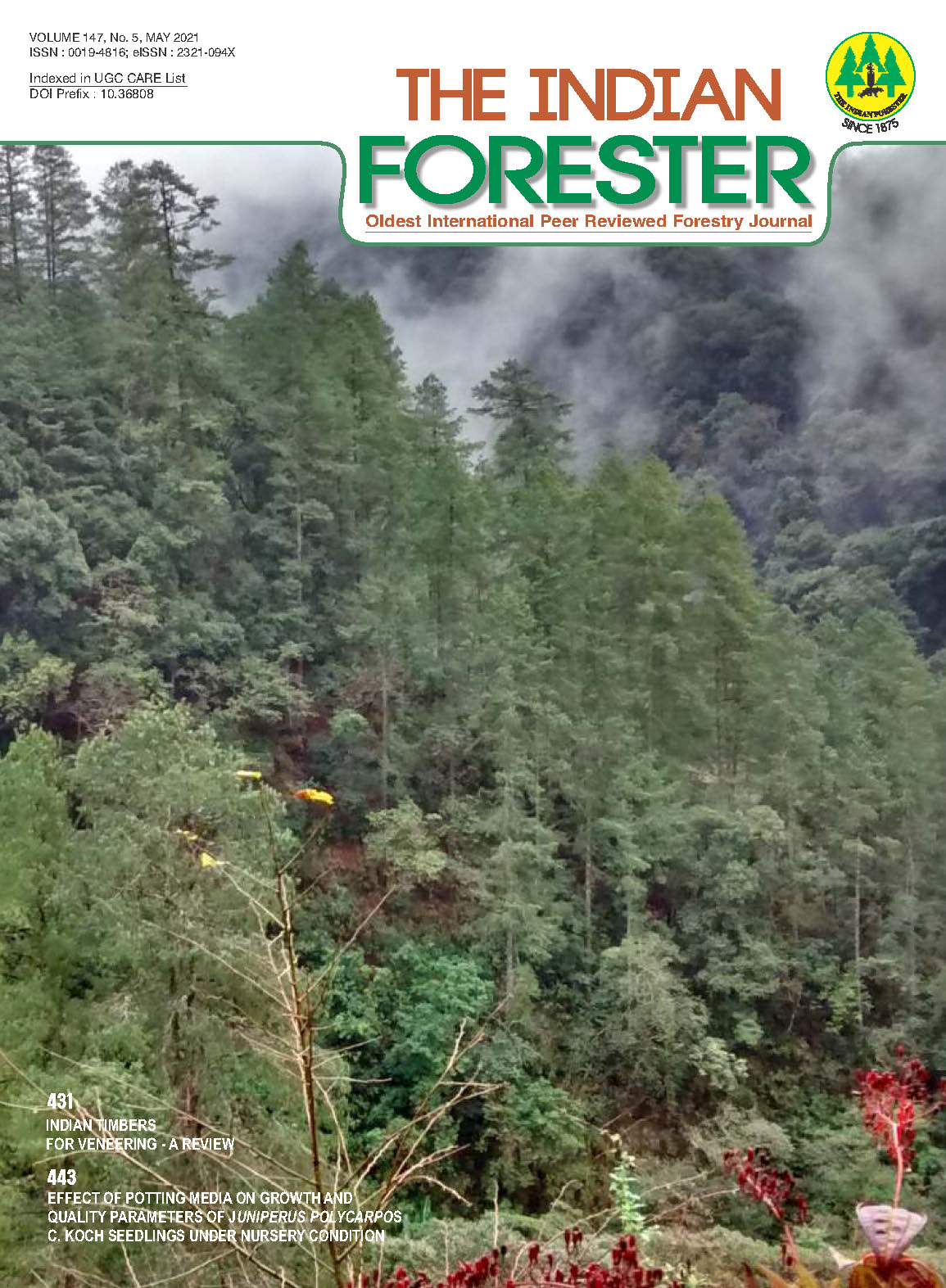Ethnomedicinal Appraisal of Medicinal Plants from Family Asteraceae used by the Ethnic Communities of Baramulla, Kashmir Himalaya
DOI:
https://doi.org/10.36808/if/2021/v147i5/155607Keywords:
Medicinal Plants, Asteraceae, Ethnic Communities, Conservation, Baramulla, Kashmir Himalaya.Abstract
This paper deals with the exploration of traditional knowledge related to medicinal plants of family Asteraceae among the tribal communities of district Baramulla, Jammu and Kashmir. During the present study a total of 34 medicinally important plant species belonging to family Asteraceae were reported from the area. Frequent field trips were made and the ethnomedicinal details were documented through questionnaire and group discussions with local herbal practitioners and local knowledgeable inhabitants. It was found that some of the useful species are under serious threat due to unsustainable activities. Therefore a proper documentation of useful plants along with their associated indigenous knowledge is urgently required. Efforts for the preservation and sustainable uses of these plants should be initiated in order to implement appropriate conservation measures.References
Adachukwu I.P. and Yusuf O.N. (2014).A review of ethno therapeutics of medicinal plants used in traditional alternative medicinal practice in eastern Nigeria. International Journal Current Microbiology and Applied Science, 3(1): 675-683.
Duke. (2006). Phytochemical and Ethnobotanical Database. Ars-grin. Government.
Farooq U., Abaas G., Sagoo M.I.S. and Dar G.A. (2014). Ethnobotany of some selected Monochlamydeae plan species from Kashmir Himalaya, India. Journal of Medicinal Plants Research, 8(23): 834-839.
FRLHT (2010). Medicinal plant species of conservation concern identified for Jammu and Kashmir (JK). Available on:http://envis.frlht.org/documents/jammukashmir-medicinalplantsconservation.pdf (Accessed on 29 September 2020).
Hooker J.D. (1879). The Flora of British India, Vol 2. L. Reeve and Co., Ashford, Kent, England. 78-99 p.
Itoo A., Shrivastava P.N., Sexana R.C. and Baba I. (2011). Ethno botanical study of plants used by the tribes of Dachigam National Park area of Kashmir valley for gastrointestinal activity. International Journal of Indigenous Medicinal Plants, 29(1): 1132-1137.
Jeelani S.M., Rather G.A., Sharma A. and Latto S.K. (2018). In perspective: Potential medicinal plant resources of Kashmir Himalayas, their domestication and cultivation for commercial exploitation. Journal of Applied Research on Medicinal and Aromatic Plants, 8: 10-25.
Jeffrey C. (2007). Compositae: Introduction with key to tribes. In: Kadereit J.W. and Jeffrey C. eds. Families and Genera of Vascular Plants, Flowering Plants, Eudicots, Asterales. Springer-Verlag, Berlin. 61-87 p.
Kapoor L.D. (1989). Handbook of Ayurvedic Medicinal plants. CRC, USA. 424 p.
Khan Z.S., Khuroo A.A. and dar G.H. (2004). Ethnomedicinal survey of Uri, Kashmir Himalaya. India Journal of Traditional Knowledge, 3(4): 351-357.
Lange D. (1997). Trade figures for botanical drugs worldwide. Medicinal Plant Conservation, 3: 16-17.
Malik A.H., Khuroo A.A., Dar G.H. and Khan Z.S. (2011). Ethnomedicinal uses of some plants in the Kashmir Himalaya. Indian Journal of Traditional Knowledge, 10(2): 362-366.
Malik A.H., Rashid I., Ganie A.H., Khuroo A.A. and Dar G.H. (2015). Befitting from Geoinformatics: Estimating floristic diversity of Warwan valley in Northwestern Himalaya, India. Journal of Mountain Science, 12(4): 854-863.
Navchoo I.A. and Kachroo P. (1995). Flora of Pulwama, Kashmir. Bishen Singh and Mahendra Pal Singh, Dehradun.
Nayar M.P. and Sastry A.R.K. (1988). Red data book of Indian Plants. Vol. 2. Botanical survey of India, Calcutta.
Pant S. and Pant V.S. (2011). Status and conservation management strategies for threatened plants of Jammu and Kashmir. Journal of Phytomedicine, 3(7): 50-56.
Rajadurai M., Vidhya V.G., Ramya M. and Bhaskar A. (2009). Ethno-medicinal plants used by the traditional healers of Pachamalai hill, Tamilnadu, India. Ethnomedicine, 3(1): 3941.
Ramawat K.G. and Goyal S. (2008).The Indian herbal drugs scenario in global perspectives. In: Ramawat K.G. and Merillon J.M. eds. Bioactive Molecules and Medicinal Plants. Springer, Berlin, Heidelberg, New York.323 p.
Singh J.B. and Kachroo P. (1994). Forest Flora of Pir Panjal Range: North Western Himalaya. Bishen Singh Mahendra Pal Singh, Dehradun, India.
Singh N.P., Singh D.K. and Uniyal B.P. (2002). Flora of Jammu and Kashmir: Pteridophytes Gymnosperms and Angiosperms, Vol. 1. Botanical Survey of India, New Delhi, India.
Wagay N.A. (2018). Medicinal flora and Ethno-botanical knowledge of Baramulla Tehsil in Jammu and Kashmir, India. International Journal of Advanced Biotechnology and Research, 5(3): 539-546.
Downloads
Downloads
Published
How to Cite
Issue
Section
License
Unless otherwise stated, copyright or similar rights in all materials presented on the site, including graphical images, are owned by Indian Forester.





